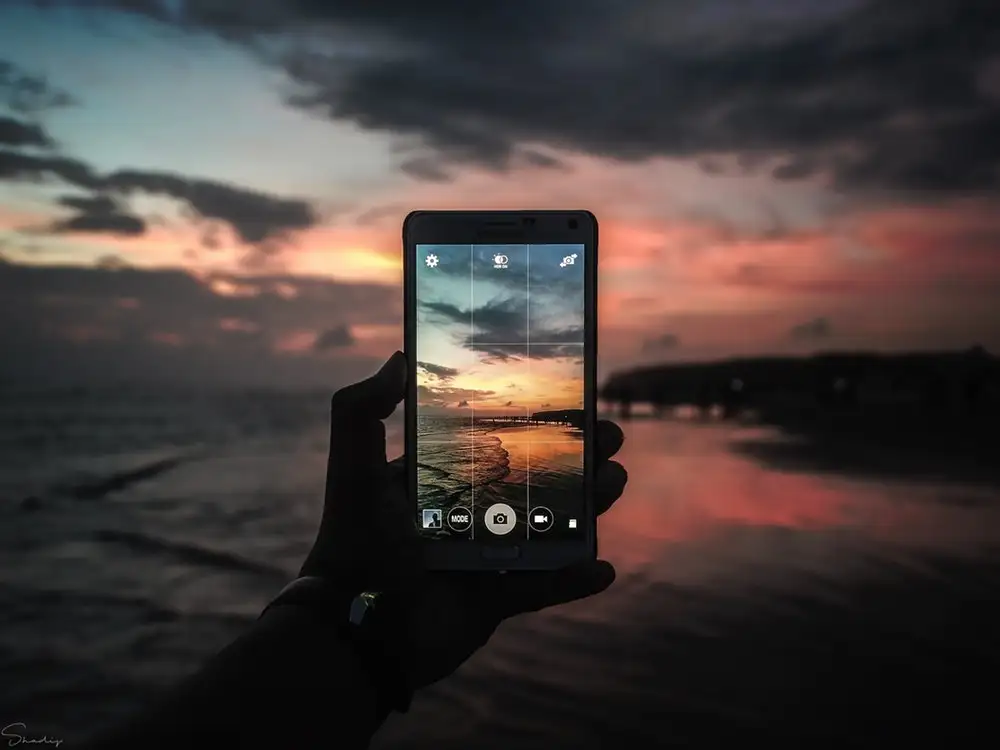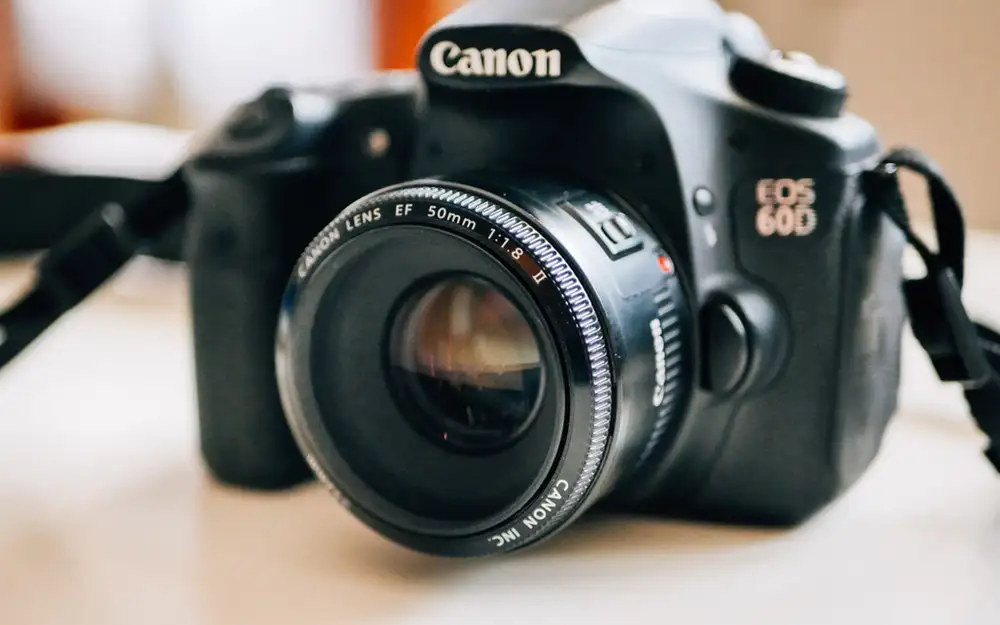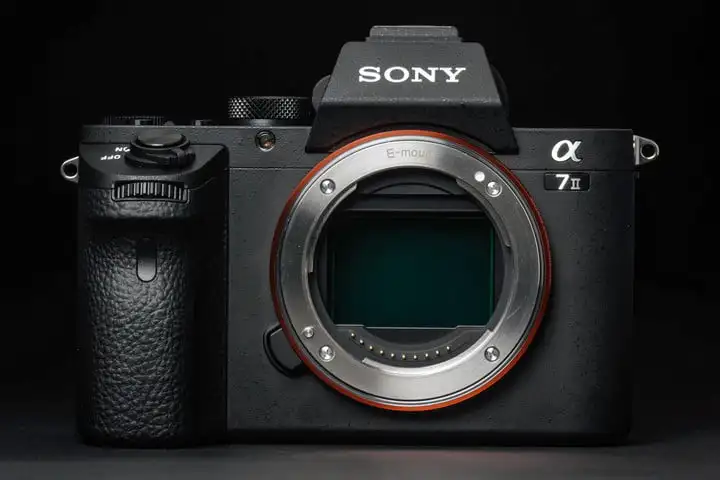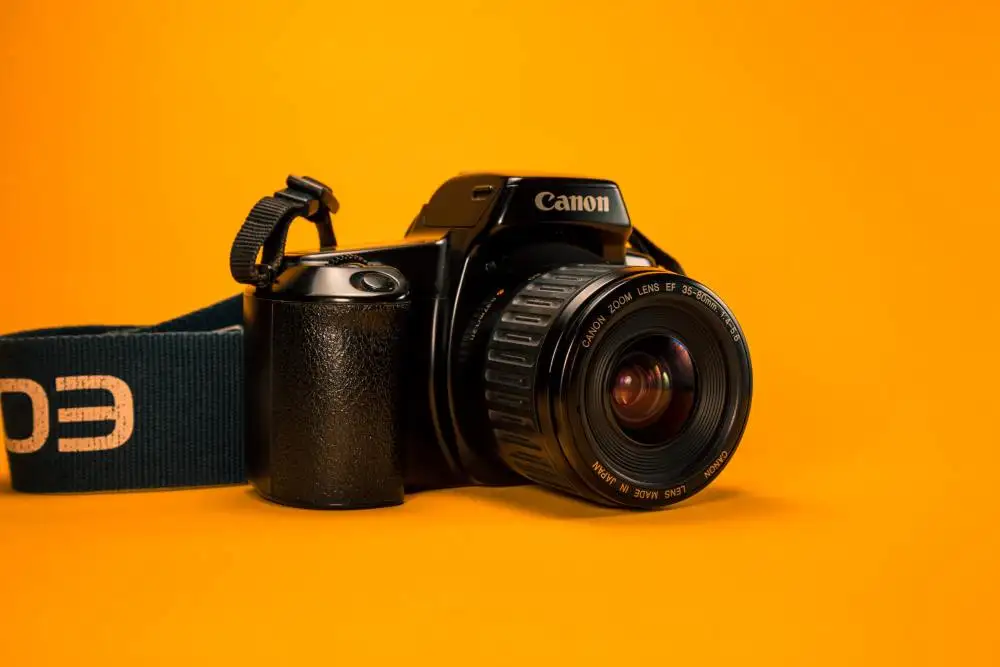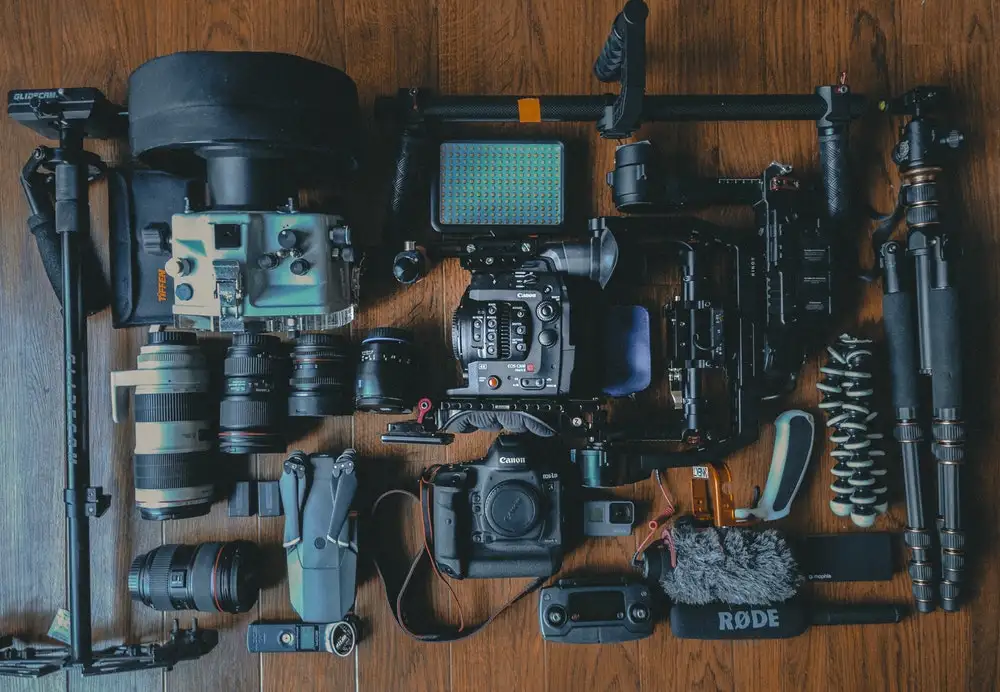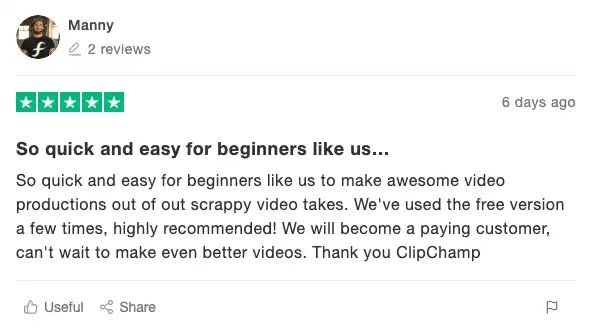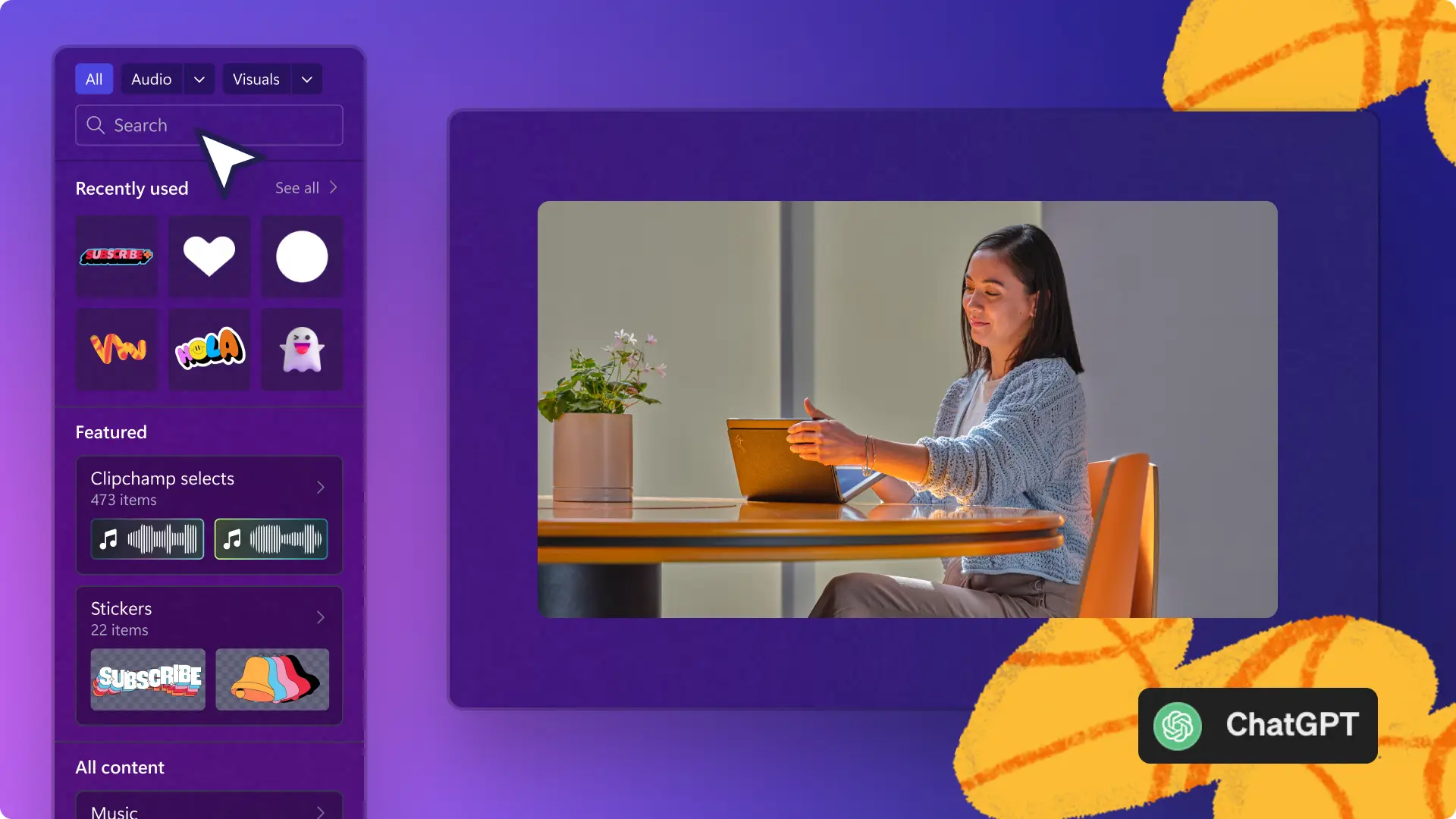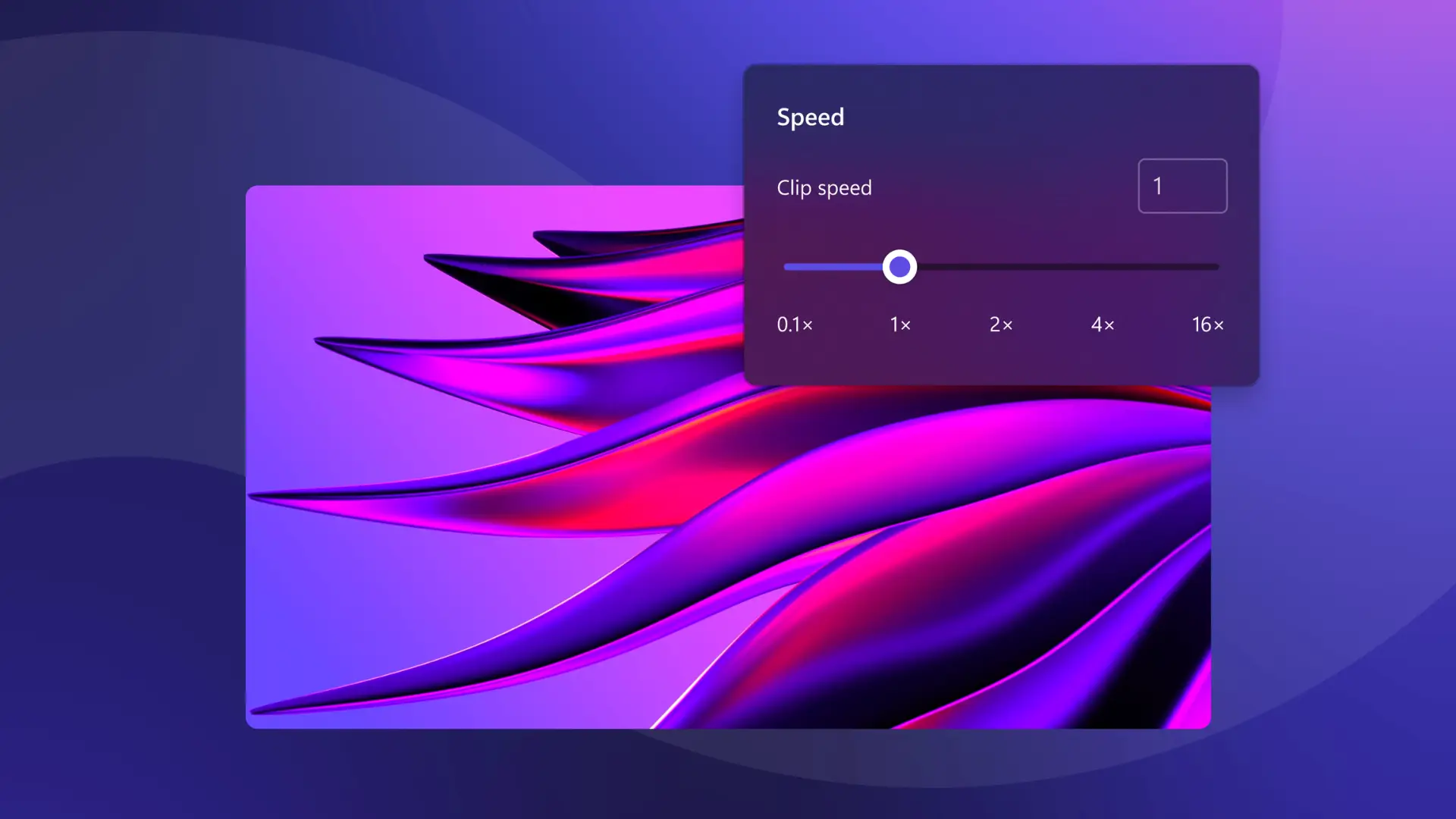Heads up! The screenshots in this article are from Clipchamp for personal accounts. The same principles apply to Clipchamp for work and school accounts.
On this page
Choosing the right video camera for a beginner can be an overwhelming process. There are thousands of different types of cameras on the market. How do you know which one will suit you best? Deciding on which video camera to purchase requires endless amounts of research, hours scrolling through reviews and watching countless review and compare videos. Luckily, we have come up with a list of the best video cameras for beginners. This article will include:
**Different Types Of Video Cameras**
Smartphones
DSLRs
Mirrorless
Point and Shoot
Digital Camcorders
What Is Your Budget?
Determine Your Intended Use
Adding Gear To The Overall Cost
Take Your Video To The Next Level
1. Different Types of Video Cameras
Which type of video camera should I buy? Which is the best for me? Do I need a video camera at all? The best video camera for beginners is going to be different for every single reader. Video cameras come in all different sizes, shapes, colours, personalities and uses. The not so simple question of “which one is best for me?” should be answered after reading through this article.
A) Smartphones
Usually people immediately think they have to go out and buy the latest DSLR to produce a high quality video… although sometimes, the best camera is the one you already have! Samsung and iPhone now have excellent high quality, 4K inbuilt video cameras that can be used to shoot high definition videos, vlogs and film making for any experience level. Consumers are likely not to take full advantage of their smartphone devices.
To create the best possible video, consumers should be using a tripod and the exposure lock feature when filming their video. Also avoiding the zoom feature. Editing on a computer instead of an mobile app will also help, as well as making sure the inbuilt microphone is close to your subject. Here are some tips that we need to know what to consider when buying laptops that are suitable for video editing.
B) DSLRs
The DSLR cameras are by far one of the most popular camera choices. They have an interchangeable lens, optical viewfinder, wide range of prices and models, pro image quality, versatility and suiting numerous types of environments. This particular design allows light to travel through the lens. Also a mirror to combine as the mechanism sending the video to their built in image sensor.
The DSLR has higher quality, more efficient technology built into the camera. We have found that the best DSLR for video camera for beginners is the Nikon D3500 DSLR.
C) Mirrorless
The Mirrorless video camera is smaller and much lighter than the DSLR. They also do not have the optical viewfinder and mirror, leaving the advanced sensor to capture sensational video quality. Mirrorless cameras have an autofocus system, small size, as well as an interchangeable lens. Although being a little more costly then the DSLRs, they’re still a much more popular choice for video enthusiasts.
If you want to film quick moving objects, the mirrorless camera is our recommended option. The autofocus feature dominates every other camera model on today’s market. The Sony Alpha A6000 is recommended to be one of the best mirrorless cameras for beginners.
D) Point and Shoot
The Point and Shoot are a much simpler camera. Usually used to capture an image, but also have amazing built in video filming capabilities. These cameras are a beginners choice when looking for a cheap, portable small video camera, instead of the fancier, more technical DSLRs or Mirrorless camera. In this case, the Panasonic Lumix LX10 or the Nikon Coolpix l105 specs is a great cheaper alternative for a point and shoot camera for beginners.
E) Digital Camcorders
Many of us have all seen the old-school, retro, giant video cameras in our houses. These obviously aren’t the best in video quality compared to the other cameras listed above, but they shouldn’t be left out of the running when choosing a video camera.
The camcorder will have a much cheaper price tag, flexibility and user friendly appeal. They are great for traveler’s, with the easy to hold strap attached to the side. The Canon VIXIA HF R700 can be a great option if the digital camcorder interests your filming flare, especially for beginners.
Action cameras are a great piece of recording equipment to have in your gear bag. Why? They can record video in wet, rugged, or treacherous conditions and they are also very high quality. Newer variants like the GoPro Hero 9 record in up to 5K, making them more advanced than many “traditional” video recorders out there. If that is a bit out of budget for you, consider cheaper alternatives to GoPro. Brands like Akaso and Yi actually offer similar specs but come at a lower price tag.
2. What Is Your Budget?
The amount of money you want to spend will certainly steer you in a particular decision. Each category above will have their own separate price range. If you want to spend $500 or less, it is going to be quite challenging to find a DSLR or mirrorless video camera on the market.
There are however camcorders or point and shoots that are inexpensive and can suit your video making needs. By increasing the price range that you’re willing to spend, will increase your choices in cameras. A video camera can be considered an investment for a long term period, however once you pass the ‘beginner’ stage, you will naturally want a more complex camera to expand your knowledge.
Alternatively, if you are short for cash, a smartphone camera will be the best option. Beginners wanting to shoot YouTube and social media videos and vlogs, but not wanting to spend a lot on investing in a good quality camera should not bypass their smartphone. The latest smartphones sometimes even rival professional cameras. With high quality video editing tools now available such as Clipchamp’s in-browser video editor, smartphone users can easily amp up the quality of their existing videos.
3. Determine Your Intended Use
There are endless possibilities when it comes to choosing the intent of the camera. Skits, short movies, films, vlogs, interviews, family videos, activities, travel, etc. can all be created. Trying to choose only one style of video to film can appear quit broad, as most cameras will be used for more than one style anyway. Don’t worry if you haven’t determined exactly what you want to use your video camera for. Most video cameras are so versatile they can be used to film almost anything, besides under water, environmental conditions and extreme lighting of course.
Each camera listed above is unique in their own way, and is better suited or some filming types rather than others. Although keeping the features in mind of every camera when purchasing one isn’t always the deciding factor. Every camera will film, have sound and endless possibilities for your creative flare to thrive. Keep in mind this is a first camera for beginners, and the high-tech features are most likely not needed. It is purely up to personal preference.
4. Adding Gear To The Overall Cost
Keeping in mind what gear you will need to purchase alongside the video camera is also an important step not to forget when determining your best camera purchase. Tripods, camera straps, bags, cases, software, lenses, external microphones and lighting systems are just some of the many different accessories you may need to purchase. This is important to add into your budget.
5. Take Your Video To The Next Level
So now that you have got your camera choice covered, you’re ready to take the next step in creating high quality content. Clipchamp can assist you with their online, in browser video editing software to create the best video in the fastest, easiest way possible. Supplying ready-to-use templates for any style of video, all within a flexible online video editor that lets you truly make each template your own, Clipchamp Create has got you covered, from stock music and effects, to transitions, filters and more.
Taking advantage of Clipchamp for all your editing needs is highly recommended, as we also provide YouTube tutorials to further assist you, such as How To Cut Videos in Clipchamp Create and How To Cut Audio Tracks in Clipchamp Create. Here are some examples of Clipchamp’s YouTube video templates:10 Facts Video and School Bus Rideshare Cinemagraph video.
Happy Customer Reviews:
